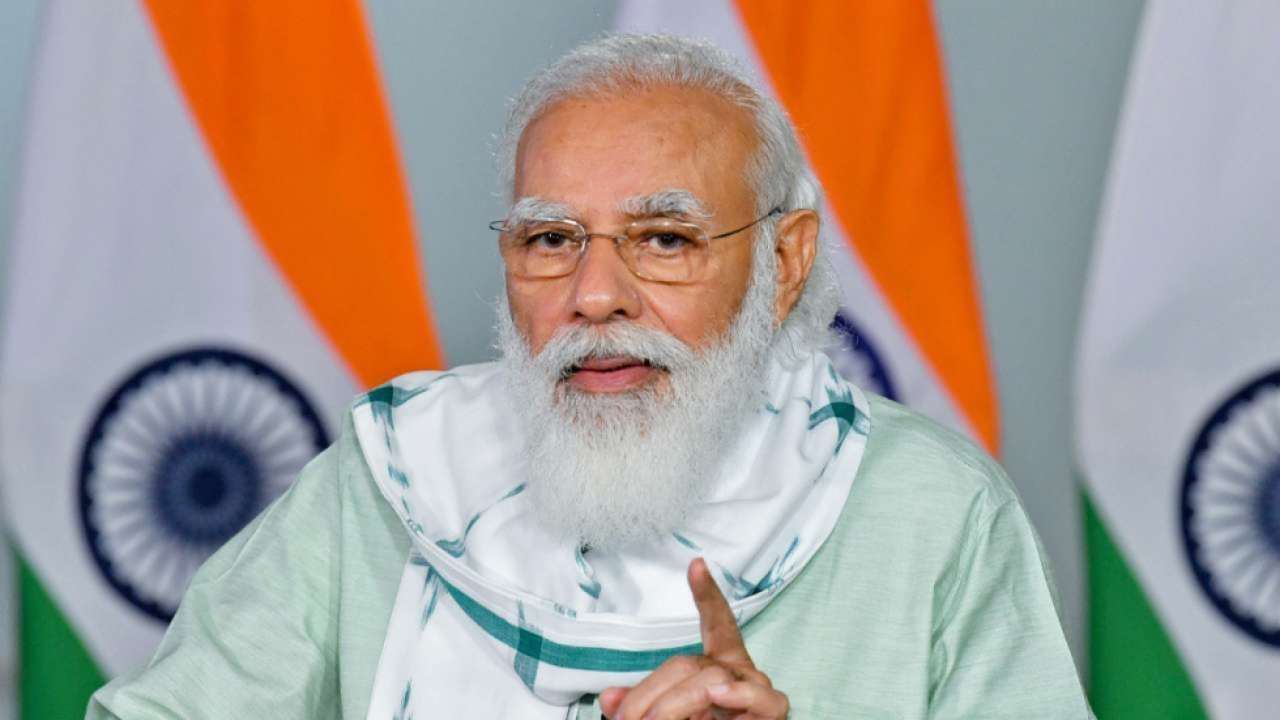In 2016, Modi intended to withdraw 80% of the currency notes in circulation, which was the last time India experienced a ridiculous proposal concerning money. With his completely cynical and strange claim that the Indian economy can be made to grow if the pictures of Laxmi and Ganesh are put to bank notes, Arvind Kejriwal of the Aam Aadmi Party has sunk to a new low in the race to the bottom that increasingly appears to characterise Indian politics.

BJP spokespeople have told the public that Kejriwal is truly “anti-Hindu” because this nonsensical assertion, given in the shape of a proposal, is designed to upset and humiliate the Bharatiya Janata Party (BJP), which feels it alone has the right to flaunt “Hindu” credentials.
The arguments put out in support of this claim are very critical of the BJP. People allege he banned firecrackers to reduce air pollution around Diwali. Or that one of his ministers recited the identical Buddhist vows that Dr Ambedkar did when he converted to Buddhism, the same Ambedkar that Narendra Modi claims to be a follower of. The BJP also claims that AAP is just a “poor carbon duplicate of the original,” which is an unfair criticism.
However, most Hindus in India have seen their personal economic fortunes sink despite the abundance of gods and goddesses decorating their walls. They may be excused for questioning who they can put their faith in to lead the country. India hasn’t seen a ridiculous plan involving money since 2016 when Modi determined that removing 80% of the currency notes in circulation (that too without having fresh notes available as replenishment) would stimulate the Indian economy by eliminating black money and reducing corruption. Just like Kejriwal, he hoped to take advantage of people’s gullibility.

Just as Kejriwal’s supporters insist on finding merit in his crazy plan, Modi’s bhakts clung desperately to the myth that the new Rs 2000 notes contained embedded microchips that could communicate with satellites and reveal to the authorities any unauthorised horde that was not in a bank, even if buried 200 feet underground. Because of this, any hope for economic progress was suffocated, and corruption persisted.
It is a central tenet of elementary macroeconomics that money serves as both a medium of exchange and a unit of account. Kejriwal has added a fourth use that may be of interest to central banks throughout the world: it may also serve as a channel of blessing if the Hindu goddess of riches and Hinduism’s divine remover of barriers are appropriately depicted.

Naturally, monetary economists will wonder if the level of benediction will be proportional to the total money supply (the more pictures of Lakshmi and Ganesh in circulation, the greater the blessings which will be showered). If so, the Friedman-Schwartz Quantity Theory of Money (MV = PY) could be revised to MV = PY, where is the ‘blessings multiplier’ that increases nominal GDP above what the money supply and velocity of
It would be fascinating to observe how the Kejriwal Theory of Money deals with economic downturns brought on by business cycles. If Lakshmi and Ganesha were to intervene on behalf of the Reserve Bank of India and the Department of Expenditure, might the blessings multiplier be increased above its normal value, allowing them to relax while the economy recovers?
Kejriwal has argued that if Indonesia, whose Hindus make up less than two per cent of the population, can pray to the elephant deity Ganesha by having him featured on a withdrawn 20,000 rupiah note, then India should be able to do the same. When I was in India, a BJP representative told me that even though many Indonesian Muslims had converted to Islam, they have “not forgotten their Hindu culture,” unlike India’s Muslims.

If Kejriwal had investigated the impact of Ganesha’s blessings on the Indonesian economy, he might have been disappointed. Perhaps Kejriwal met the same leader or has contacts in the Rashtriya Swayamsevak Sangh (since the Indonesia fixation is a shakha staple). Truth be told, no Indonesian banknote has included Ganesha since 2008, despite the fact that per capita income in Indonesia is double that of India. Maybe Ganesha’s financial blessings continue to help people even after he’s gone. Maybe they aren’t working properly or at all.
The BJP has claimed that Kejriwal’s suggestion is an attempt to sway Hindu voters in the approaching Delhi municipal elections. It’s possible they’re correct. Although he may be a “poor carbon copy,” the BJP is implicitly acknowledging that the original Hindutva party used Hinduism as a tactic at election time by supporting him. And it performs a lot more effective job doing it than the former.

